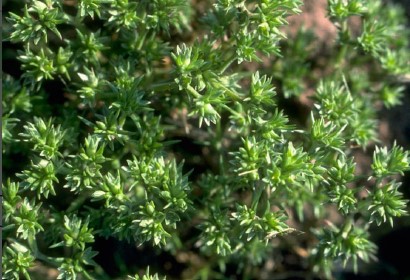

| Shadow tendency | Wholeness |
|---|---|
| Indecisive | options can be seen clearly |
| Don’t ask advice or heed to advice of others | Balanced decision made before time and opportunity run out |
| Try and make the decision themselves | Calm and determined |
| Emotional distress | Make quick decisions |
| Dilemma occurs when a choice has to be made | Takes prompt actions |
| Struggle with uncertainty alone | Keeps poise and balance in all occasions |
| Mood swings | Steadfast |
| Fluctuations between happiness and tears; gentleness and anger, energy and apathy, optimism and pessimism and so on | Decisive |
| Imbalance of nature | Balanced and centred |
| Swayed between 2 possibilities | Versatile and flexible |
| Can be unreliable | One’s presence is soothing to others |
| Wastes time and loses opportunity | Stable |
| Lack of poise and balance | Reconnect with our intuition |
| Unable to concentrate due to their constantly changing outlook | |
| In an illness their symptoms come and go or move abouts | |
| Uncertainty | |
| Inability to make up their mind | |
| Analysis paralysis | |
| Disproportionate stress | |
| Erratic tendency | |
| Changing decisions repeatedly from one extreme to the other | |
| Lacking inner balance | |
| “Grasshopper mind” | |
| Often dithery | |
| Jerky gestures | |
| Fickle | |
| Unstable | |
| Hesitation over decisions | |
| Quiet people | |
| Not inclined to discuss their uncertainty with others | |
| Bear their difficulties alone | |
| Unsteady walking | |
| Their conversation may jump from one subject to another | |
| Uncontrolled movements such as giddiness, shaking |
Illnesses and Causes
Lack of poise and balance – air, car, sea or motion sickness
Mood swings – quick temperature changes when sick
Lack of energy balance – alternation between hunger and loss of appetite, constipation and diarrhoea, activity and apathy
Origin and Specification of the Plant
Binomial Name: Scleranthus Annus
Kingdom: Plantae
Family: Caryophyllaceae
Genus: Scleranthus
Species: S. annuus
Origin: Europe, Asia, North Africa
Shade: Green
Other names: German knotweed, Annual knawel, German knotgrass, German moss
Elements/Chemicals contained by the plant:
Foliage: Deciduous
Height: 15cm
Description: This petite flora boasts blossoms that impeccably merge with the foliage surrounding them, courtesy of their verdant hue.
Flowering season: May to Late August
Qualities and preferences: gravelly soil
Areas of growth: It grows in soil pockets among rocks, on bare places, on disturbed sandy soil on heaths, in arable fields, in sand pits, in quarries, and occasionally on shingle on the coast or beside rivers.
Scleranthus is low growing, forming dense mats and has inconspicuous green of five sepals which spread outwards when in fruit. The genus name, “Scleranthus”, means hard flower, referring to the hardened, fruiting, outer parts of the flower.
Specification of remedy
Group: The first 12 essences
Emotional Group: Uncertainty
Personality: Indecision
Virtue: Steadfastness
Failing: Full of indecision
Method of extraction: Sun
Dr Bach first prepared the Scleranthus remedy near Cromer in 1930. It is the bach remedy for those who are very indecisive.
Comparison between other flowers
Cerato:
Cerato and Scleranthus have a similar personality due to the uncertainty they experience but they still differ as Cerato voices out their uncertainty and often gains advice from their peers to tackle the situation while Scleranthus would just internally worry about it, seeking no advice.
Wild oat:
Wild Oat person differs from Scleranthus as the latter always finds decisions difficult to make, and debates even the most trivial of matters. The Wild Oat personality, however are filled with uncertainty when they reach “cross-roads” in their lives, but otherwise are decisive, determined and clear in their thoughts.
.jpg)
The images above show a zoomed magnification of the Sceleranthus plant and flower which are both green.
.jpg)
The image on the right shows a medieval annotation of the Scleranthus plant that may have been drawn to analyse its medicinal properties. The picture below shows some Scleranthus plants/flowers living together in harmony.
